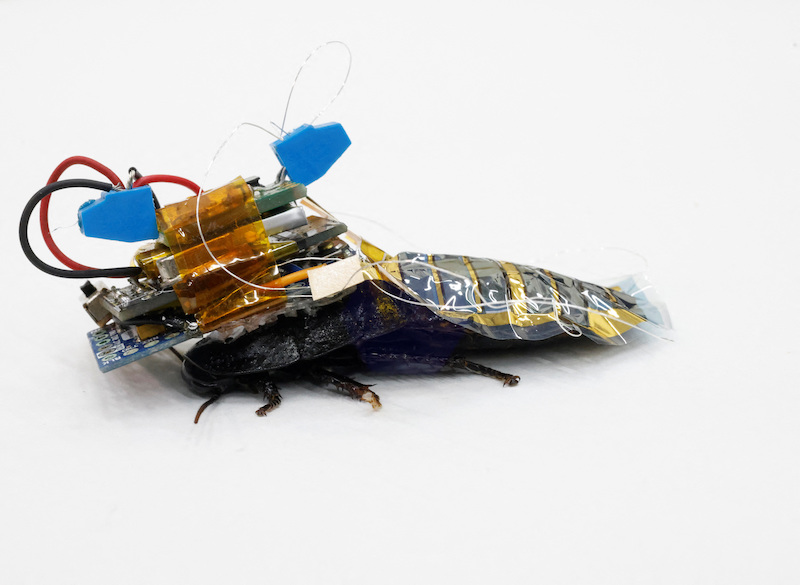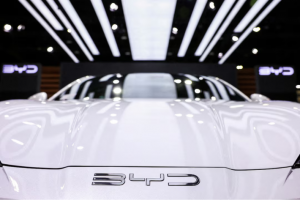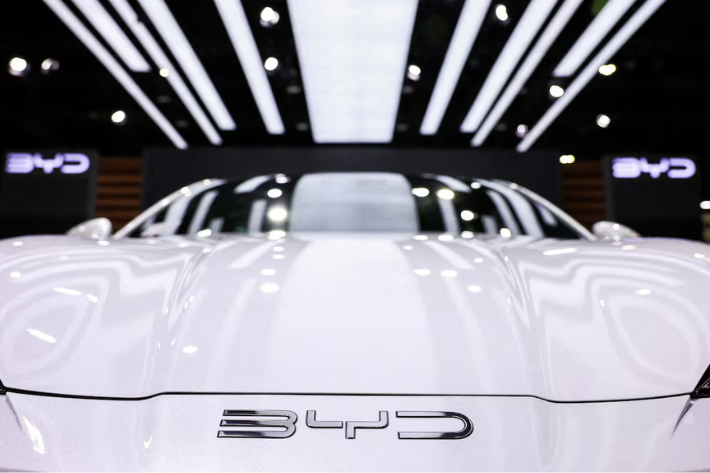Japanese researchers developing a remote-controlled cyborg cockroach, specially designed to help in locating survivors after a natural disaster, say they have made a critical breakthrough.
The scientists have been able to mount a solar cell “backpack” on the back of a cockroach, about 1/25th the width of a human hair, allowing it to be controlled and steered using a Bluetooth connection.
If an earthquakes strikes, then the groundbreaking development could see the cockroaches sent beneath tonnes of rubble to help locate survivors.
Also on AF: China EV Giants Revved Up For European Sales Drive
The work builds upon previous insect-control experiments at Nanyang Technological University in Singapore and could one day result in cyborg insects that can enter hazardous areas much more efficiently than robots.
“The batteries inside small robots run out quickly, so the time for exploration becomes shorter,” project leader Kenjiro Fukuda said. “A key benefit [of a cyborg insect] is that when it comes to an insect’s movements, the insect is causing itself to move, so the electricity required is nowhere near as much.”
Fukuda and his team chose Madagascar hissing cockroaches for the experiments because they are big enough to carry the equipment and have no wings that would get in the way.
Even when the backpack and film are glued to their backs, the bugs can traverse small obstacles or right themselves when flipped over.
The next challenge will be miniaturising the components even further to allow the bugs to carry sensors and even cameras.
Kakei said he constructed the cyborg backpack with 5,000 yen ($35) worth of parts purchased at Tokyo’s famed Akihabara electronics district.
- Reuters, with additional editing from Alfie Habershon
Read more:
Japan Issues Warning as ‘Very Dangerous’ Typhoon Nears
Japan Taps $24bn Reserves to Help Fight Rising Living Costs
Japanese PM Announces a Return to Nuclear Power
























